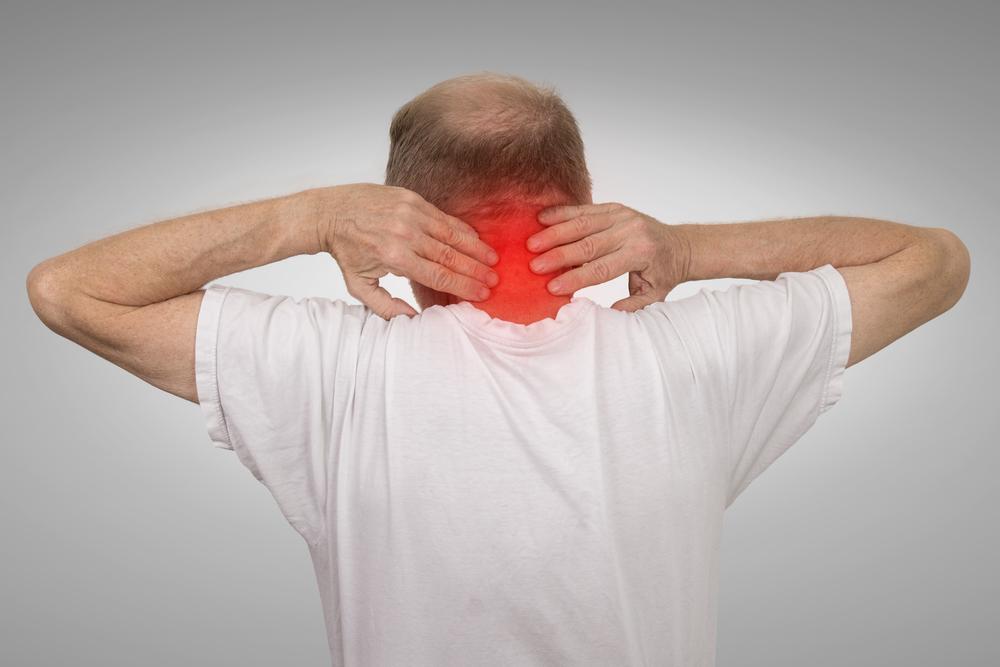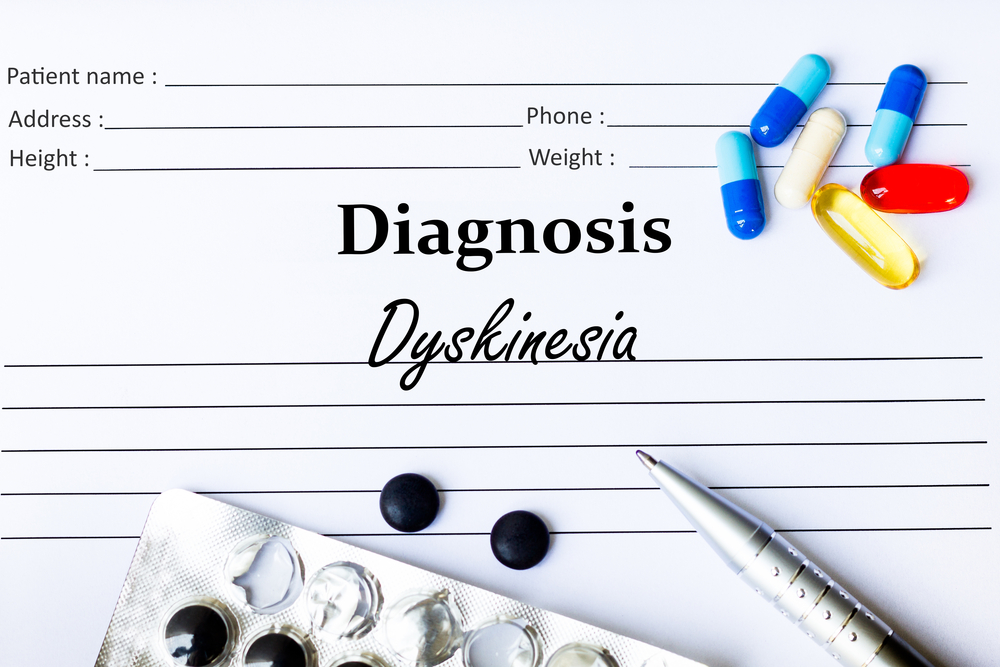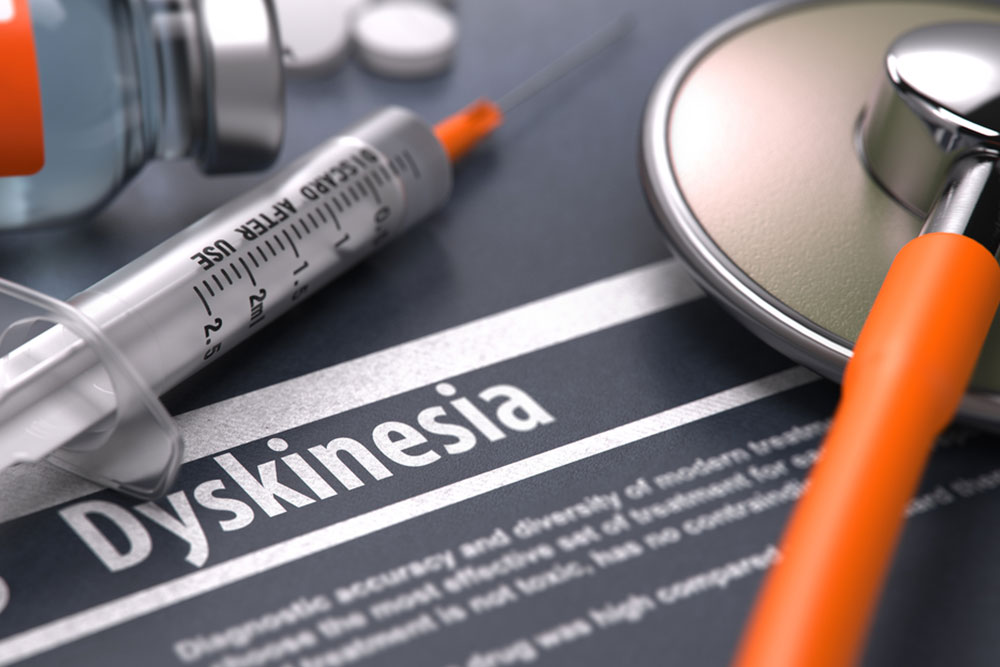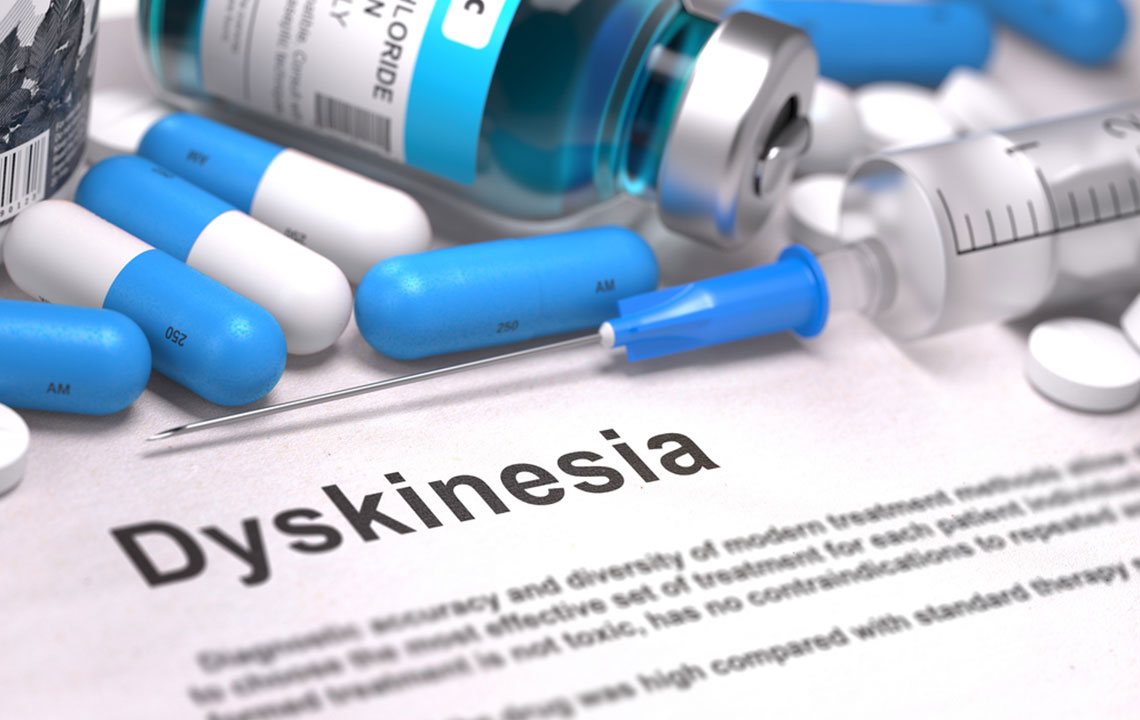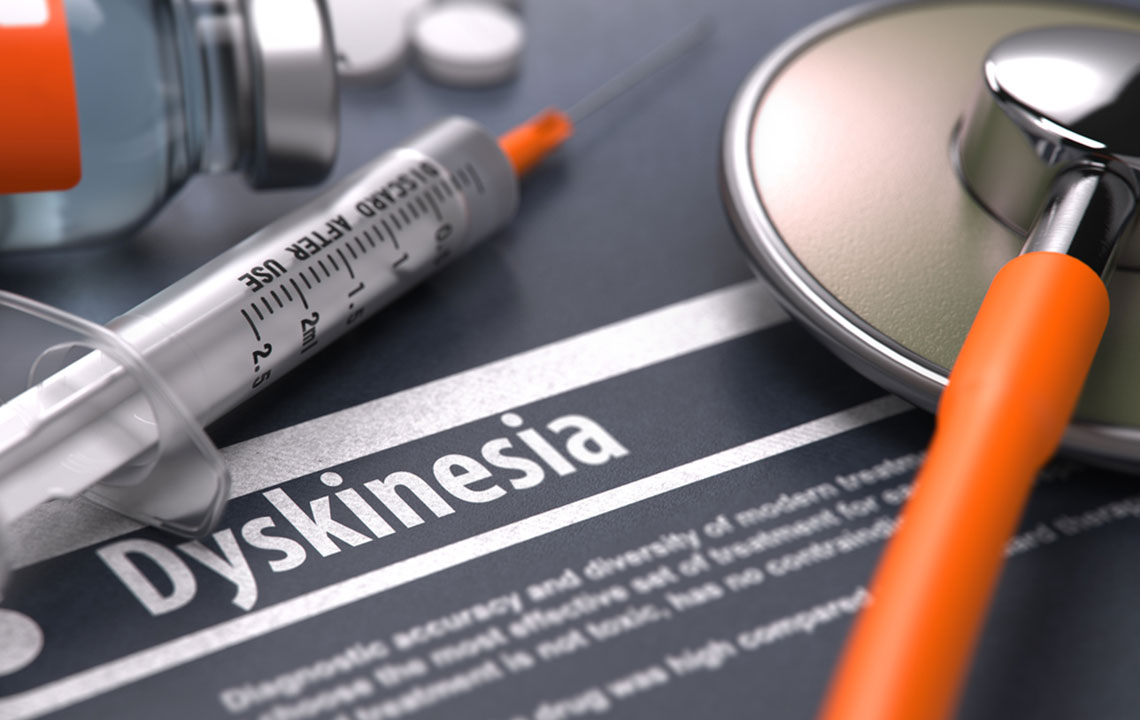Understanding Functional Movement Disorder: FAQs and Insights
Explore comprehensive insights into Functional Movement Disorder (FMD), including its types, symptoms, diagnostic challenges, and treatment options. Understanding FMD helps in recognizing its symptoms early and seeking appropriate multidisciplinary care. This article offers clear explanations suitable for patients and caregivers, emphasizing that FMD symptoms are real and manageable with proper intervention.

Understanding Functional Movement Disorder: FAQs and Insights
Common Questions About Functional Movement Disorder
Functional movement disorder (FMD) involves abnormal involuntary movements such as jerking, tics, or tremors affecting limbs or the head. Unlike other movement disorders caused by brain or nerve damage, FMD arises from issues within nervous system functioning itself. Diagnosing FMD remains challenging, as standard tests often show no abnormalities, leading some to believe symptoms are imagined. However, these symptoms are real and persistent. Alternative terms include psychogenic movement disorder, nonorganic disorder, or conversion disorder. Explore the types, symptoms, diagnosis, and treatment options below.
There are several types of FMD, each with distinct features:
Functional Tremor – Representing nearly half of all FMD cases, this involves rhythmic muscle contractions causing oscillatory movements which can occur at rest or during activity, potentially spreading to other areas.
Functional Dystonia – Characterized by involuntary, repetitive muscle spasms and twisting movements, often patterned or tremulous.
Functional Myoclonus – Causes sudden, brief muscle jerks, often triggered by startling stimuli or sensory input.
Functional Parkinsonism – Less common, presenting with slow movements, tremors, speech issues, and gait disturbances, sometimes coexisting with Parkinson’s disease but distinct in origin.
Symptoms to Watch For
Weakness or paralysis in limbs
Numbness, tingling, muscle spasms, fatigue, head or limb pain
Sleep disturbances, poor concentration, slurred speech, blurred vision, feelings of unreality (derealization)
Gait problems and balance issues, often leading to falls
Seizure-like attacks that are non-epileptic
Emotional effects such as frustration, anxiety, and depression
Diagnosing FMD
Diagnosis involves detailed neurological and personal history, as FMD symptoms resemble other disorders.
Neurophysiological expertise and specialized tests, like electrodiagnostics or SPECT scans, aid in confirming FMD and ruling out organic causes.
Understanding neuroanatomy and neurophysiology is crucial for accurate diagnosis.
Available Treatments
Multidisciplinary approaches, primarily physical therapy, aim to restore movement and functionality.
Additional therapies include occupational therapy, psychotherapy, cognitive behavioral therapy, medications, and innovative methods like hypnosis or magnetic stimulation.
While prognosis can be challenging, these interventions often lead to symptomatic improvements.
Note: Our blog offers diverse information for educational purposes. Please interpret the content as informational rather than definitive medical advice. Always consult a healthcare professional for diagnosis and treatment options. The site may not cover all available schemes or recent advances.

